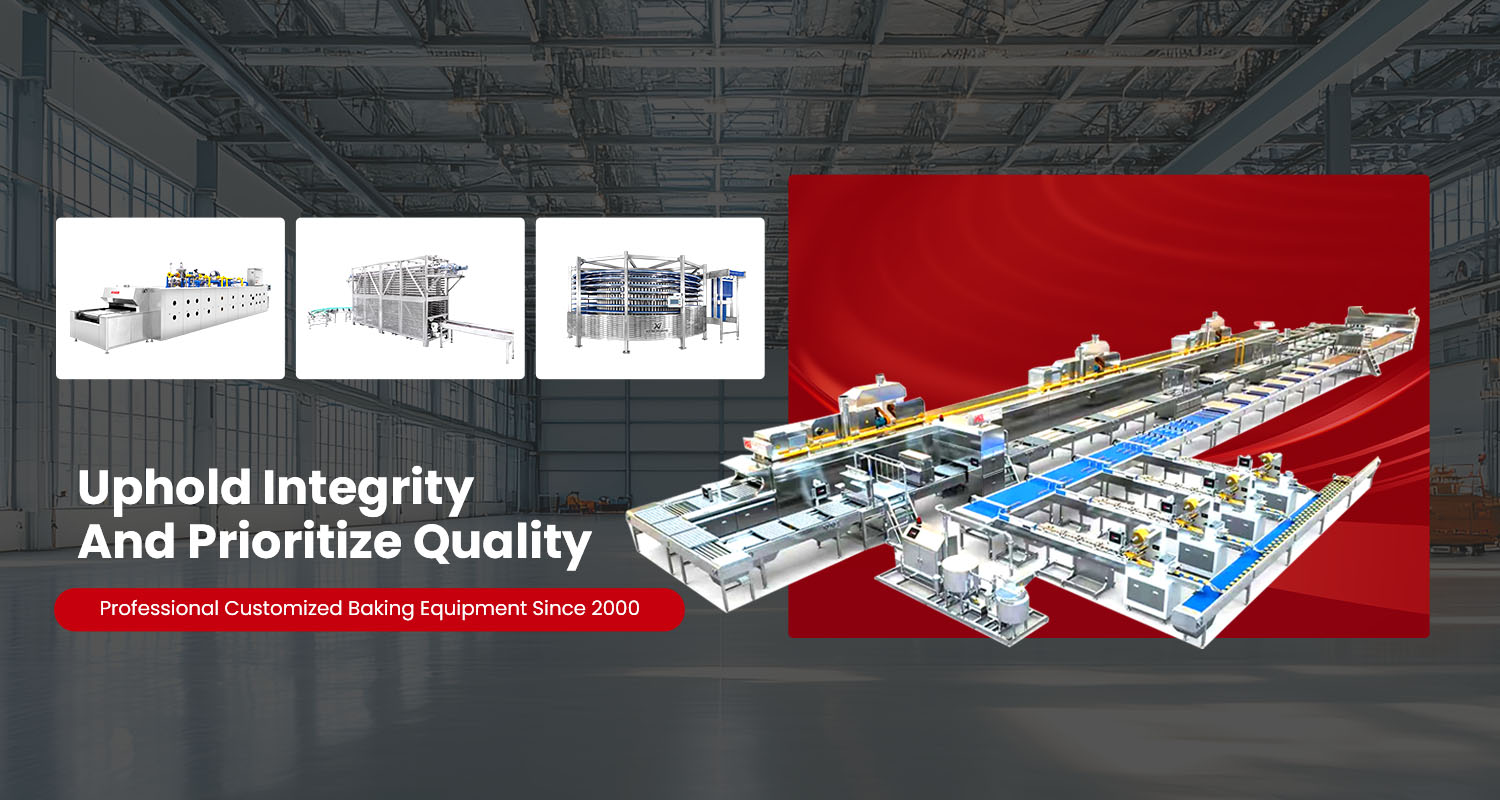What Features to Look for in an Industrial Cooling Tower?
Choosing the right industrial cooling tower is critical for ensuring reliable performance, efficient operation and long-term durability. The following article outlines key features and considerations that should guide your decision when selecting a cooling tower for industrial use. We also offer a brief mention of a solution provider to keep in mind.
Cooling Capacity and Thermal Performance
It’s essential that the cooling tower you select is sized properly for the heat load of your process. Key parameters include:
Flow rate of the recirculated water (e.g., m³/h or gpm) and the temperature drop required between inlet and outlet.
The ability to approach the wet‐bulb temperature of the ambient air — the smaller the “approach”, the more efficient the tower.
The type of air‐flow (induced draft vs forced draft) and the configuration (counter‐flow vs cross‐flow).
Oversizing or undersizing a cooling tower can lead to significant issues: undersized will be unable to keep up under peak conditions, and oversized may mean unnecessary capital cost and energy waste.
Construction Materials and Corrosion Resistance
Industrial cooling towers often face aggressive water chemistries, variable ambient conditions and contamination risk, so the materials used matter a great deal. Some important material considerations:
The structural frame, casing, basins, fans and fill media must be able to resist corrosion, scaling and fouling.
Materials such as stainless steel (300-series or 316) may be recommended for more aggressive service (for example high chloride content water) to extend life.
Non‐metallic materials such as fiberglass‐reinforced polyester (FRP), HDPE (high‐density polyethylene) or PVC may offer benefits in environments where corrosion is severe.
The right choice of material not only improves longevity but reduces maintenance burden and downtime.
Air-flow Design, Fan and Fill Media Quality
Efficient heat transfer depends on good air‐water contact, proper air flow and high quality fill. Key aspects:
Fill media (the internal “packing” where water spreads and contacts air) must be designed to maximise surface area while minimising pressure drop.
The fan system (axial or centrifugal) must be reliable, appropriately sized, and designed for the duty in your industrial environment (e.g., variable load, dust, humidity).
Access for maintenance, replacement of fill media, and inspection of drift eliminators and louvers helps ensure long‐term performance.
Performance degradation can occur from fouling, scaling, or biological growth (algae etc) in the fill or basins, which reduce the effective contact area and raise pressure drop.
Water Treatment, Maintenance and Safety Features
A cooling tower is more than just the structure: the water circuit, treatment and maintenance accessibility are equally important. Consider:
A robust water treatment plan (for controlling biological growth, corrosion, scale) is essential.
Access for cleaning basins, inspecting sump and pumps, walking platforms, ladders and safe working areas matter for safe operation.
Safety measures include drift eliminators to minimise water loss and carry‐over, and design features to avoid re‐entrainment of discharged air or water into the intake.
Failure to inspect and maintain these items can drastically reduce cooling tower efficiency and lifespan.
Energy Efficiency, Operating Costs and Lifecycle
When choosing a cooling tower, consider not just the upfront cost but the total cost of ownership, which includes energy, water usage, chemical treatment, and maintenance over the lifetime of the unit. Key points:
Variable-speed drives, efficient fan and motor systems, and proper controls help minimise energy consumption.
Water consumption (make‐up, blow-down, drift losses) and its treatment are significant operating expenses.
Materials and construction quality impact lifecycle cost — cheaper materials may reduce initial cost but raise maintenance and replacement costs.
Environmental and Site Conditions
Any cooling tower must be suited to its environment. Important considerations include:
Ambient temperature range, wet‐bulb temperature, and humidity — since these determine the actual performance margin.
Space limitations, rooftop vs ground‐mounted, noise restrictions, access for service, and proximity to sensitive equipment or populations.
Chemical or corrosive environments (such as coastal sites with salt-air) that stress materials. Choose corrosion resistant materials accordingly.
Configuration and Customisation
Cooling towers are not “one size fits all”. You should check:
Whether the tower is designed for the specific industrial duty (open circuit vs closed loop; cross‐flow vs counter‐flow).
Whether the manufacturer offers customisation (modular design, upgraded materials, specific fan/motor combinations) so your tower matches your process now and can be adapted for future expansion.
Whether spare parts, local service, and long‐term support are available from the manufacturer.
Recommendation – Consider a Partner
While the above features form the checklist for an industrial cooling tower, selecting a trusted supplier and partner is equally important. One company worth considering is KC‑SMART. Founded in 2000, KC-SMART is a high-tech enterprise offering customised manufacturing, installation, debugging and after-sales service for intelligent mechanical equipment. (KC-SMART)
Although their primary focus is baking equipment and cooling towers for food-industry applications, their one-stop solutions, design flexibility, and manufacturing capability suggest they might be a strong partner when a tailored cooling tower solution is required.
Summary Table of Key Features
| Feature Category | Why It Matters |
|---|---|
| Capacity & Approach | Ensures the tower meets the process heat load and ambient conditions |
| Materials & Corrosion Resistance | Direct impact on durability, maintenance cost, reliability |
| Air‐flow Design & Fill Quality | Influences cooling efficiency and pressure drop |
| Water Treatment & Maintenance | Affects long-term performance, risk of fouling, safety |
| Energy Efficiency & Operating Cost | Determines total life-cycle cost |
| Environmental / Site Conditions | Ensures suitability for ambient, space, and noise constraints |
| Customisation & Supplier Support | Matches unique process needs and allows future adaptation |
Final Thoughts
Selecting an industrial cooling tower is a multi-faceted decision. It involves understanding your process heat load, ambient conditions, and long-term operational strategy, as well as evaluating materials, maintenance access, energy usage and potential future growth. Prioritising quality and fit over lowest upfront cost will pay dividends in reduced downtime, lower maintenance and longer service life.
When paired with a capable manufacturer such as KC-SMART, you can gain both a high-quality product and support network — helping ensure your cooling tower investment serves you well for years to come.






